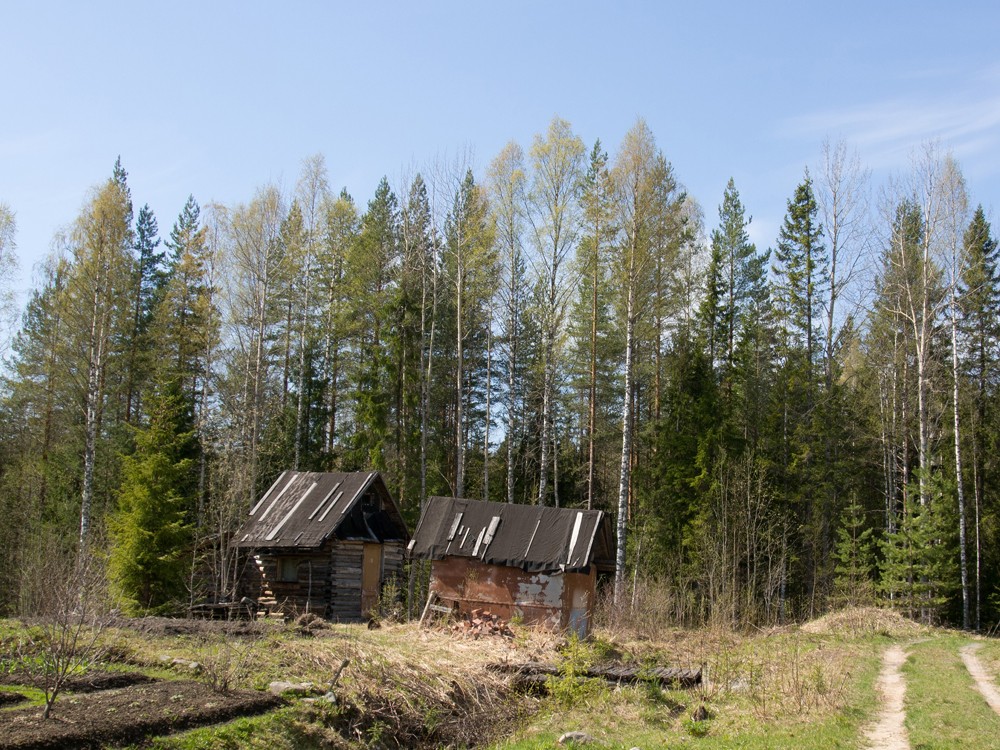All across the West, 10-by-12-foot cabins stand forlorn and forgotten, many with tumbledown roofs. Yet these modest homesteads represent a revolution in public land policy: They were the culmination of an American dream born of Thomas Jefferson’s belief that at our best, we would become a nation of independent farmers.
This year marks the 150th anniversary of the fruit of Jefferson’s conviction — the 1862 Homestead Act. Passed by Congress during the Civil War, it marks one of the great settlement opportunities in world history. Only a young, brawny nation like the United States would be able, or willing, to give away free land.
Congress realized Jefferson’s dream when it voted to provide 160 acres of free land for anyone willing to live on it for five years, plant crops and build a cabin 10-by-12-feet in size to “prove up” their claim. In the American West, 57 percent of homesteaders made good on their claims for 600,000 patents on 80 million acres of what had been public domain. The lure of free land drew American emigrants in covered wagons as well as European immigrants who crossed oceans and took railroads west.
Blake Bell, historian at the Homestead National Monument of America in Nebraska, notes that the Homestead Act “transformed the United States and the world as millions of lives were forever impacted by the government’s distribution of free land.”
A remarkable feature of this law was its openness. The law did not require that homesteaders be American citizens, or even that homesteaders be men. Any adult could take up free land in the West, and dozens of single mothers tried their hand at homesteading.
Most of the homesteads have long since been incorporated into larger farms or ranches. So it was exciting to find a family that still owns its ancestors’ original homestead. The land is located in the Wet Mountain Valley of Colorado, against the east side of the rugged Sangre de Cristo Mountains.
Named a Colorado Centennial Farm, it represents five generations of consecutive family ownership since Moritz and Matilde Brandenburg homesteaded it in 1880. Great-great-grandson John Brandenburg explained, “The ground here was like it was in Germany — loamy soil. It was tough times to homestead. My parents almost lost the place during the Depression, when you couldn’t find a dollar.”
But while thousands of homestead families sold their claims and moved away, the Brandenburgs hung on. Now the land is under a conservation easement held by the San Isabel Land Protection Trust, which safeguards sweeping views of the Sangre de Cristo Range.
Though forlorn cabins, roofless against winter winds, stand empty today, those simple structures represent success for families starting fresh, thanks to the key law that settled the West.
Andrew Gulliford grew up on a former homestead of 160 acres in southeast Colorado and is now a professor of history and environmental studies at Fort Lewis College in Durango. A version of this column first appeared in High Country News (hcn.org).















